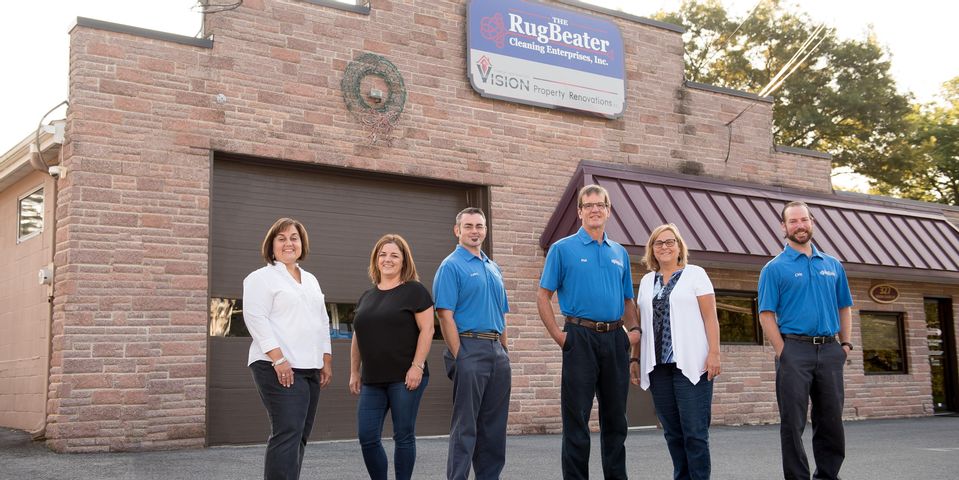Improving Our Indoor Air Environment

During the 1970’s and 1980’s much of our nation’s focus was on the pollution of our outdoor environment. This led to changes in construction techniques and building designs to prevent the loss of temperature-controlled air from buildings. Airtight structures keep air inside, but they also prevent the flow of fresh air from outside.
Research by the Environmental Protection Agency (EPA) has determined that our indoor environment has two to five times more pollutants than outside air. This has shifted our countries focus back to our indoor environment.
The quality of our indoor air has become more important to us in recent years in that the average American spends over 20 hours a day inside a closed structure. We spend 90% of our lives indoors.
Carpet plays a vital, positive role in indoor air quality. It acts as an environmental filter, trapping and holding impurities from the air we breathe. The EPA and carpet industry findings indicate that carpet itself does NOT contribute negatively to indoor air quality, BUT THE BUILDUP OF SOIL IN CARPET DOES! Upholstery fabrics also harbor soil and contaminates.
According to Michael A. Berry, Ph.D. former Deputy Director for the EPA, the single leading cause of poor indoor air quality today is poor maintenance. Carpet and upholstery MUST be cleaned regularly to remove trapped contaminants before they overflow and are released back into the indoor air.
Our mindset should be “Don’t wait until the carpets are filthy to get them cleaned but let’s get them cleaned to keep them from getting filthy.”
About the Business
Have a question? Ask the experts!
Send your question

